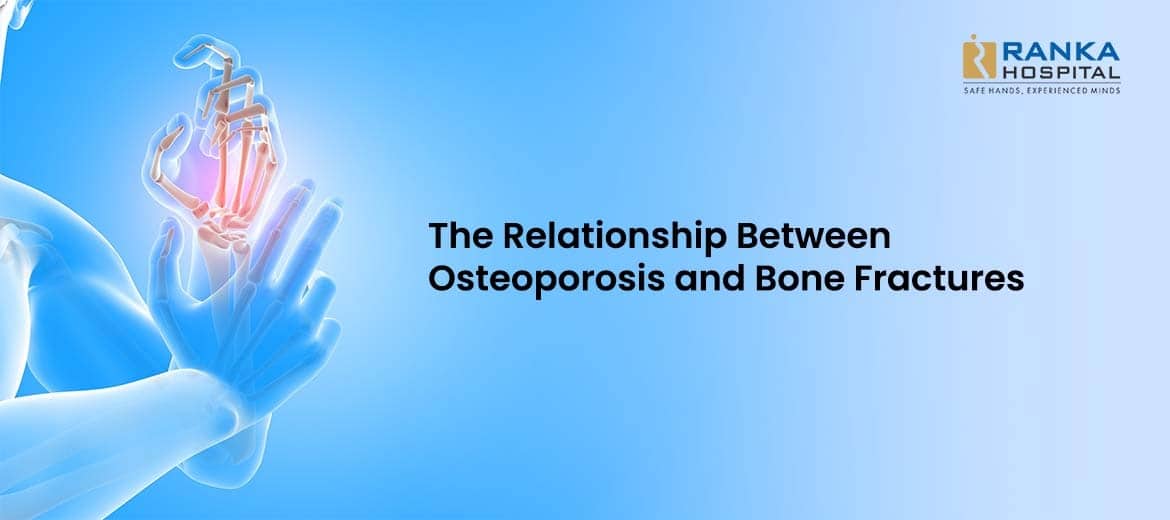The Relationship Between Osteoporosis and Bone Fractures
Age and living a certain lifestyle for a prolonged duration, or in many cases both, result in gradual transformations in your body. Based on what you do, these changes could be positive or negative. Bones aren’t an exception to this universal principle. Age and an unhealthy lifestyle can weaken bones, affect their density, and make them susceptible to various harms. Precisely, the condition is known as osteoporosis. It is closely related to various factors, including fractures. For this blog, let’s focus on the relationship between osteoporosis and bone fractures.
What is Osteoporosis?
Bones are usually strong and thick enough to support your weight and absorb impacts. However, as bones turn older, they lose density and the ability to regrow. Thus, osteoporosis is a condition that weakens the bones, makes them thinner, and reduces their density. It is common in people after a certain age, especially in those above 50. However, around 30-35 percent of people above 50 who do not show osteoporosis signs, exhibit those of osteopenia. Failing to treat osteopenia can lead to osteoporosis!
Osteoporosis and Bone Fractures – The Close Association
Osteoporosis and bone fractures have a close and direct relation. The compromised bone density makes bones more vulnerable to fractures even with a minor injury or trauma or, in some cases, without a reason. Fractures stemming from osteoporosis are usually addressed as fragility fractures, as they result from a minor impact or stress that wouldn’t typically cause a fracture if the individual’s bones are healthy.
Types of Osteoporotic Fractures
Some common types of osteoporotic fractures include the following.
- Hip Fractures: These are hip bone fractures, specifically the femoral neck or the intertrochanteric region. They result from severe osteoporosis and need surgery.
- Vertebral Compression Fractures: Spinal fractures result from the collapse of a weakened spine. Vertebral compression fractures can lead to height loss, back pain, and changes in the person’s posture.
- Femoral Fractures: Femoral fractures are common among seniors with osteoporosis. They can result from a fall or impact.
- Rib Fractures: Rib fractures could be the result of impact or injury. However, in people with weakened bones, even coughing or sneezing can lead to osteoporosis.
- Pelvic Fractures: A weakened bone structure can cause fractures in the pelvic bones. Such a fracture can result in pain and make movements difficult.
Tips to Prevent Osteoporosis
Aging is inevitable. However, you don’t necessarily have to live with every challenge aging brings along with it. Osteoporosis is one of them. So, here are some generic tips to prevent the onset of osteoporosis. Consult your doctor for specific consultation and identify the best-suited measures to prevent osteoporosis.
- Follow a calcium-rich diet and include adequate vitamin D to enhance calcium absorption
- Perform physical activities like walking, jogging, and strength training regularly
- Conduct regular bone density tests to determine bone condition
- Quit smoking and limit alcohol intake
- Maintain a healthy weight range
- Monitor the use of medications potentially interfering with your bone health and consult your doctor if those medicines are causing an adverse effect
Are you looking for more information on osteoporosis and guidance to prevent and treat it? Visit Ranka Hospitals. While answering all your questions, our doctors will devise a personalized treatment plan to help you deal with osteoporosis effectively. Call us at +91 – 20 – 24261530 to schedule a consultation appointment with our doctors.

